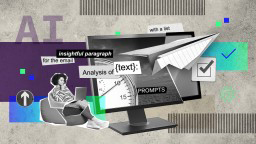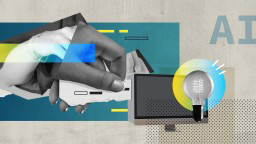What are Generative AI & Large Language Models (LLMs)?
AI & Generative AI
Artificial Intelligence (AI) refers to the development of computer systems that can perform tasks that typically require a human operator. Now imagine a computer program that can be creative! Generative AI is like that - it uses its knowledge to make new things, like text, pictures, or even music.LLMs
Large Language Models (LLMs) are a kind of generative AI that focus on language. Because they've been trained on so much data, LLMs can produce human-quality writing, and even mimic different writing styles. They're also excellent at translation and working with data in multiple languages.AI uses many techniques to simulate a human's cognitive abilities
Uses algorithms and statistics to analyze historical (training) data and become more and more accurate at predicting outcomes.
A subset of machine learning that arranges algorithms to mimic the human brain (artificial neural network).
Started over 50 years ago in the field of linguistics, it gives computers the ability to understand human language. It can be spoken or written in nearly any language.
Uses machine learning to identify and understand objects and people in both images and videos.
AI that learns by trial and error in a special environment. It gets rewarded for good choices and penalized for bad ones. This way, it refines its actions to maximize rewards.



